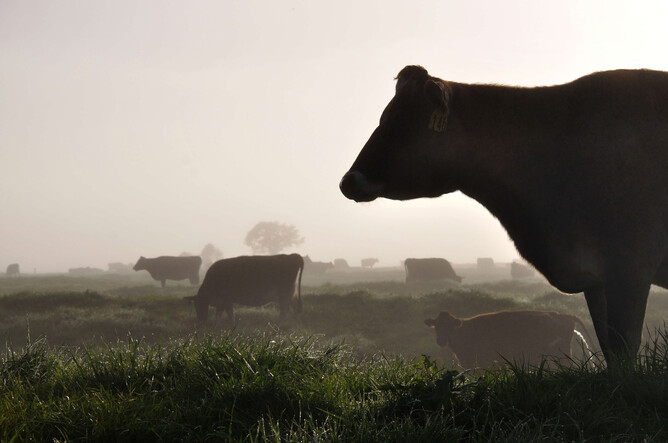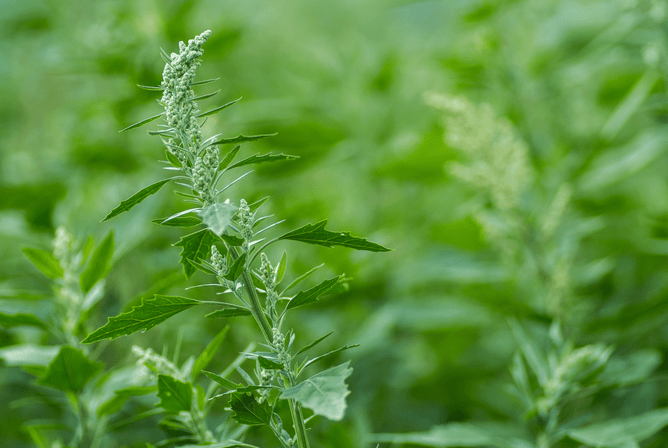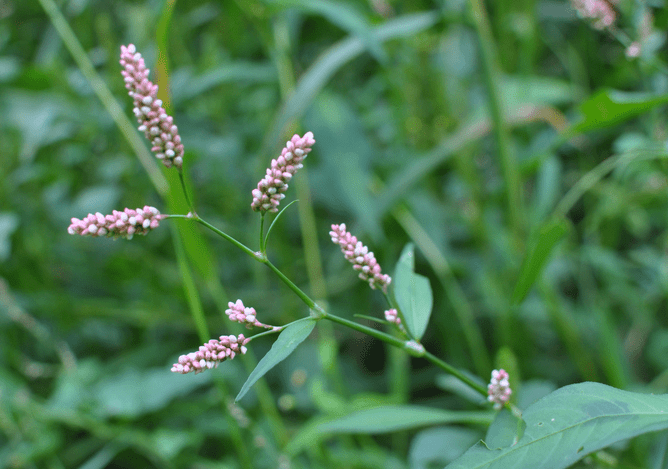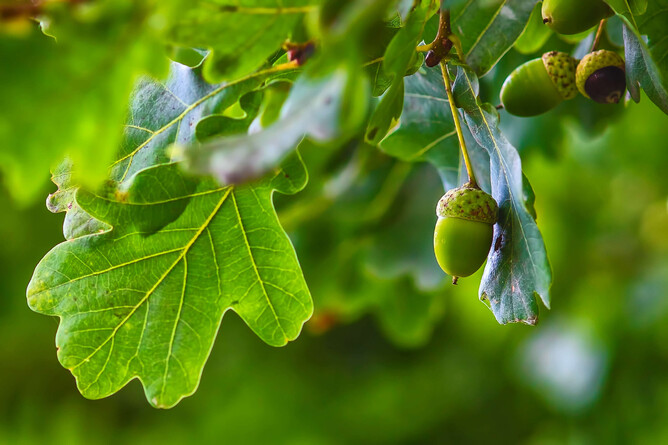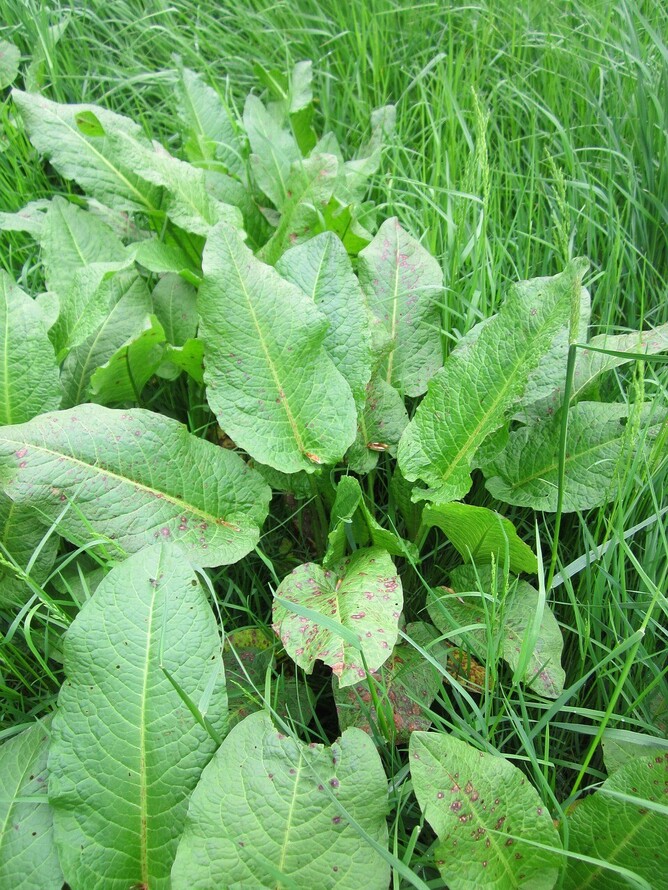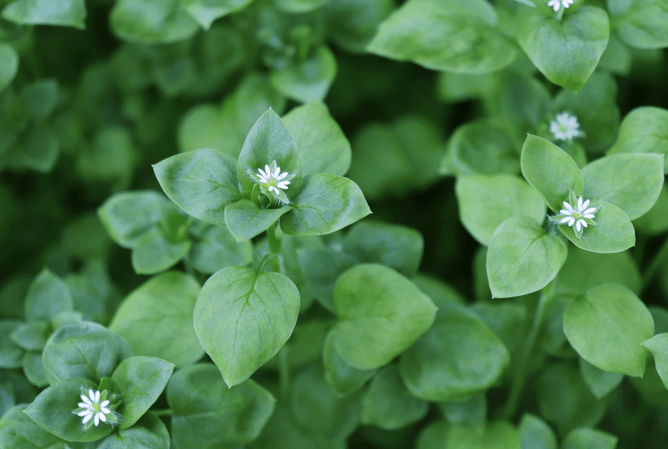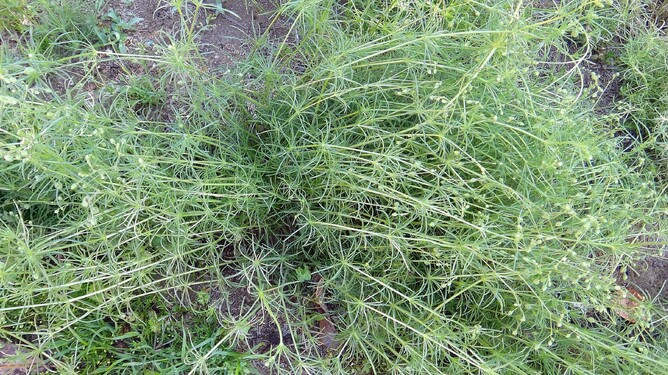Don't get caught out by plants that can be damaging to herd health. Vet Lily treated two sick cows affected by fathen earlier this year.
At the start of January, I went out to a farm to look at two down cows who were found recumbent in the paddock during morning milking.
On examination, they presented with classic milk fever signs: S-bend in the neck, increased but quiet heart rate, dried faeces and a reduced rectal temperature of 36.5°C.
The cows were given metabolic bags containing calcium borogluconate into the vein and under the skin, and responded shortly after.
Weeding out the cause
After having a look around the paddock that the cows were in overnight, we discovered that they were put into a new grass paddock containing lots of fathen (pronounced fat-hen), also known as white goosefoot.
Fathen is a spring/summer-growing weed with distinctive sharp-edged leaves. The plant is high in a substance called oxalates, which bind to calcium in the bloodstream, lowering blood calcium levels and resulting in clinical signs of milk fever.
As oxalates bind to the calcium, they also form crystal deposits in kidneys, which can lead to kidney failure. If left untreated, cows will become unconscious, comatose and die!
Managing pasture to protect your cows
To prevent the above from happening, avoid grazing new pastures dominated by fathen, or top the paddocks before introducing them to the cows.
Plants to watch out for
Other oxalate-containing plants include (but are not limited to):
Redshank:
Acorn (oak tree):
Dock:
Chickweed:
Spurrey (Yarr):
